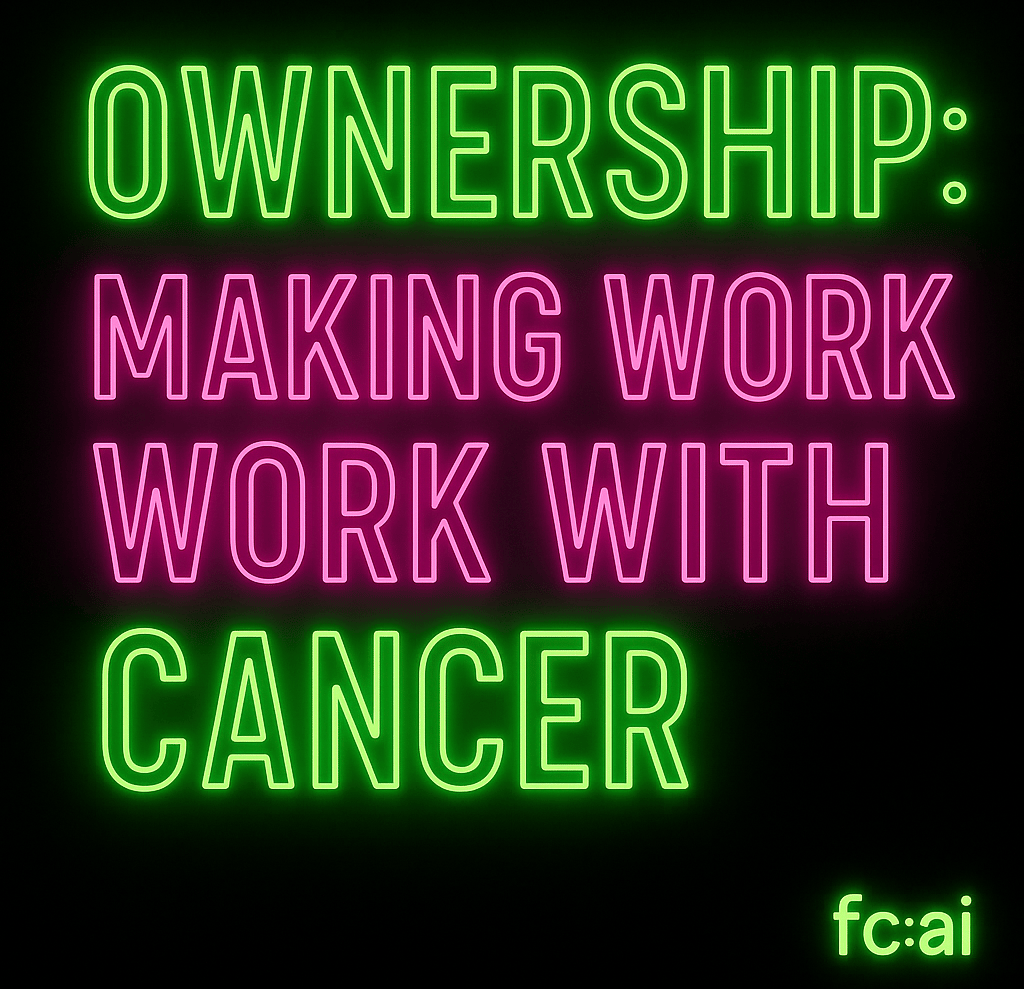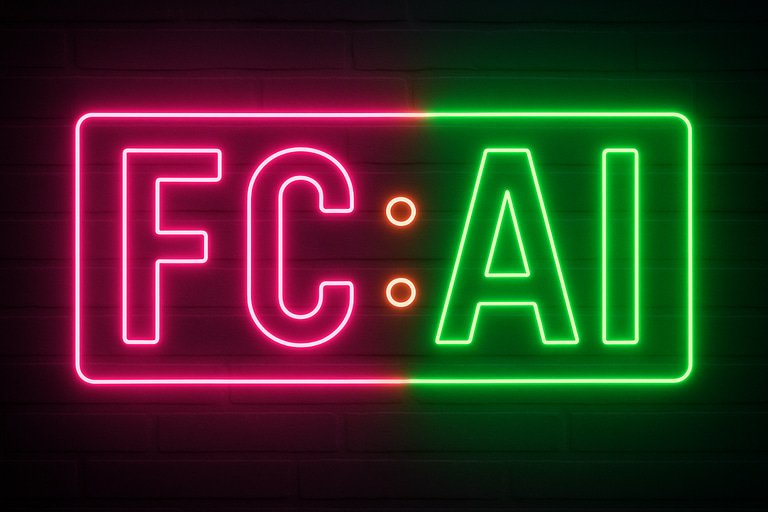Making work work with cancer
How Russ Read-Barrow rebuilt a working life around chemotherapy, honesty, flexibility, and AI tools. A practical, personal guide to working with cancer.
WORK AND CANCERMY STORY
Russ Read-Barrow
6/10/20252 min read


This post was inspired by a podcast I was invited to participate in yesterday for Timewise by the lovely Joanna Burkill (more on that when it's out). I’d had about two hours sleep, felt borderline delirious, but somehow managed to articulate something that’s taken me years to learn (and still isn’t perfect): How to actually make work work, while dealing with cancer.
We, The PR Network, are now signed up to the Working with Cancer Pledge - which is awesome, and one of a number of long-term commitments the business has made. But if you’re the one with f-ing cancer, it’s just as important that you own it - and don’t expect anyone else to understand YOUR cancer without your help.
Managing work with any long-term illness takes honesty, flexibility, proactivity and a whole lot of self-awareness.
Over the last 3.5 years, I’ve been through a lot physically and mentally. When it comes to work, I’ve:
Had 3 months off on full pay
Spent time on statutory sick pay (less good!)
Returned part-time (2 days > 3 > 4)
And now work full-time, 10 days in 9 (not just for cancer peeps)
The biggest shift came when I started chemo again and realised I had to approach things differently. I was open with my MD early on about what was likely to happen. She - and the wider team - helped me build a rhythm that works. And we’ve adjusted cycle by cycle.
Now, eight weeks in, it looks like this:
Week 1 (chemo week): I focus on solo work — strategy docs, writing, research, building AI tools.
Monday: standard work day
Tuesday: chemo infusion day (dip into emails when possible)
Weds–Fri: early steroid-fuelled starts (as early as 5am), focused solo tasks, a rest window 12:00–1:30, no stacked meetings
Week 2 (recovery week): More energy and collaboration.
Still early starts + rest window mid-day
More meetings, feedback sessions, rollouts — but never too stacked
I shift to projects that need more input and interaction
That balance - solo vs collaborative, deep work vs discussion - has helped me find a rhythm that works for both body and brain.
AI is helping me track and refine that rhythm too. I’ve built a ChatGPT-based chemo tracker, used Manus AI for planning, and my WHOOP band helps monitor recovery and sleep - all of which feed into the bigger picture of when and how I can work best. I’ll share more about that in Thursday’s FC:AI post.
And none of this would be possible without support at home. My wife, Katy, has made everything else manageable: kids, food, fitness, the everyday chaos. The stuff that never hits your calendar but consumes your capacity. I’m very lucky to have her.
So yes - we’ve signed the pledge. But even the most prepared workplace won’t know how cancer, or any other challenge, affects you. Sometimes you won’t even know.
That’s why it takes:
Ownership
Openness
Trial and error
If you’re going through something similar — cancer, chronic illness, or just the messy reality of life — I’d love to hear how you make work work.
What’s worked? What hasn’t? What’s your rhythm? What’s your workplace got right — or badly wrong?
Let’s talk. Let’s learn. Let’s change it.
#WorkingWithCancer #Fcancer #FcancerwithAI #CancerLife #InvisibleDisability #FlexibleWork
FC:AI
© 2025 FC:AI. Built with zero bullshit during chemo.
All content © FC:AI unless otherwise credited.
